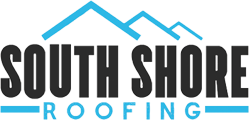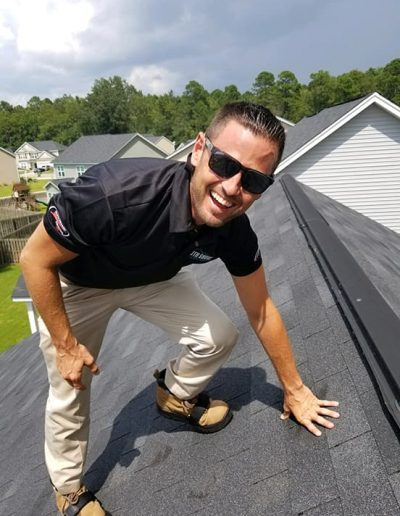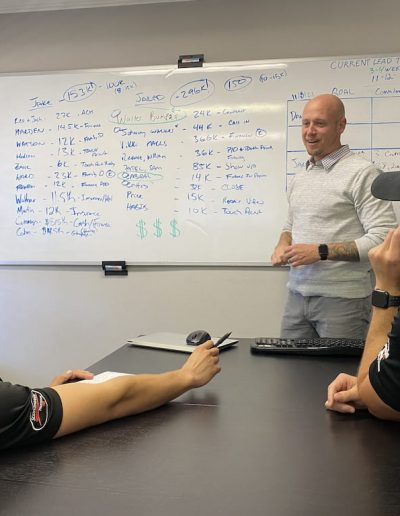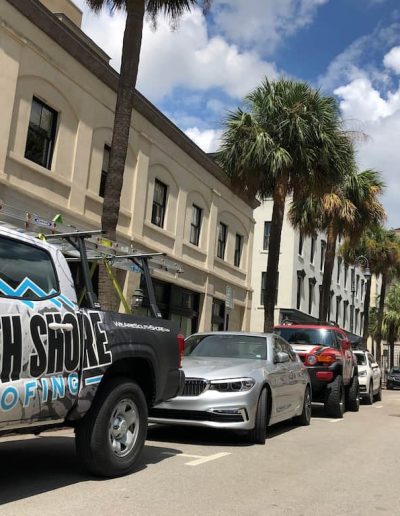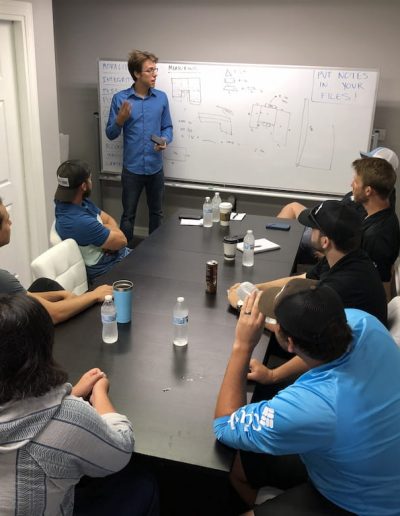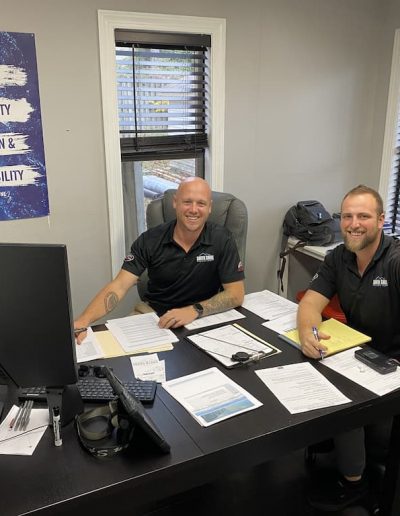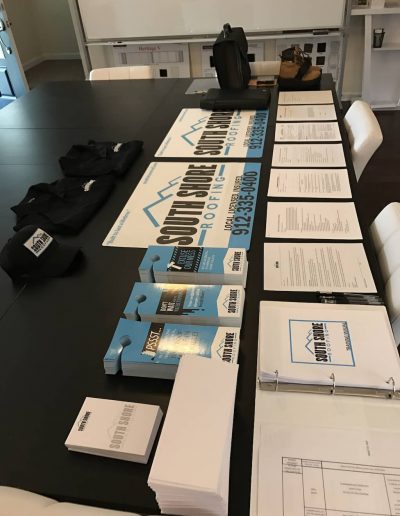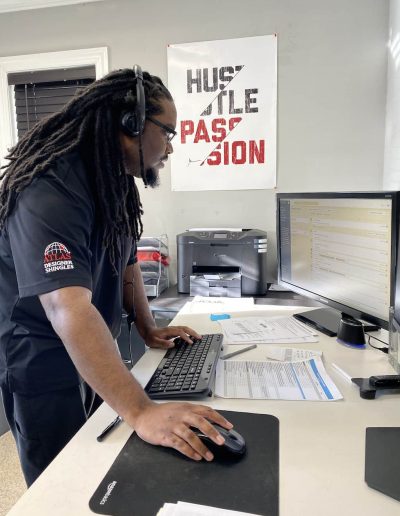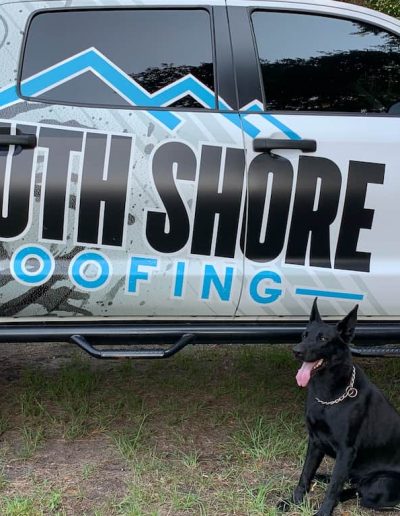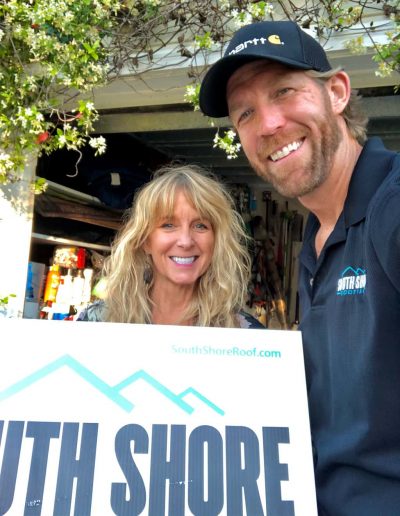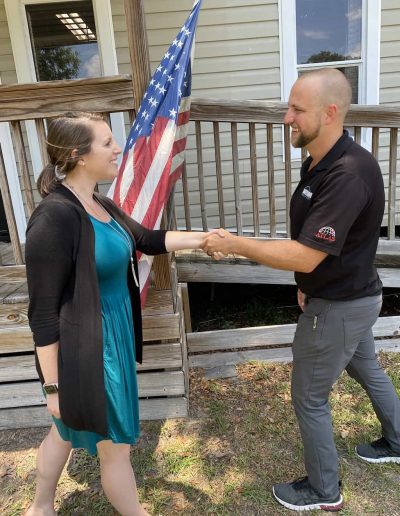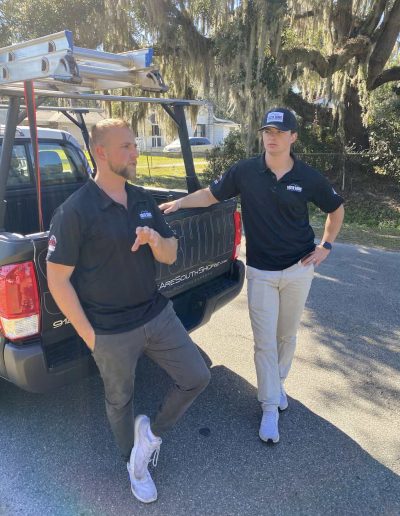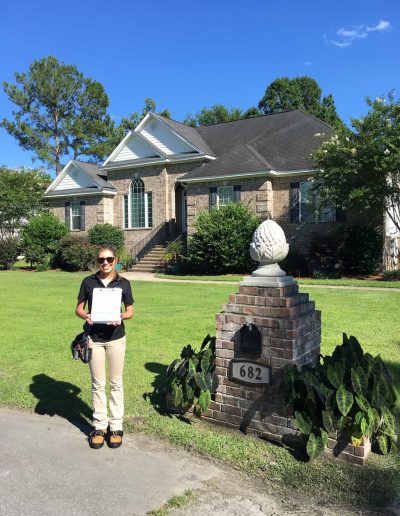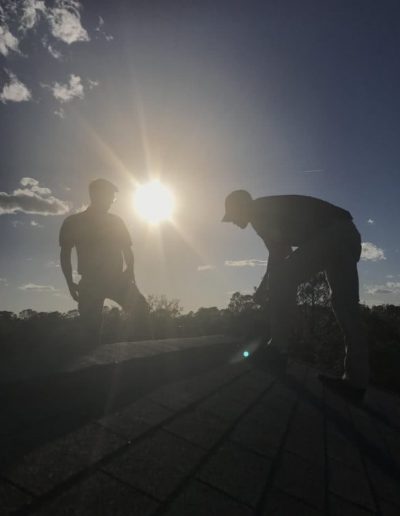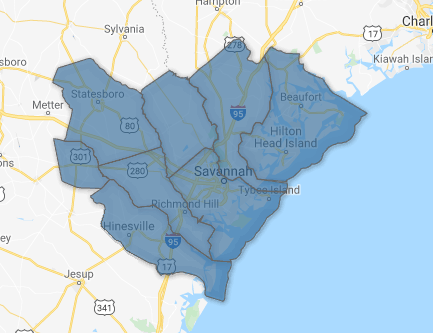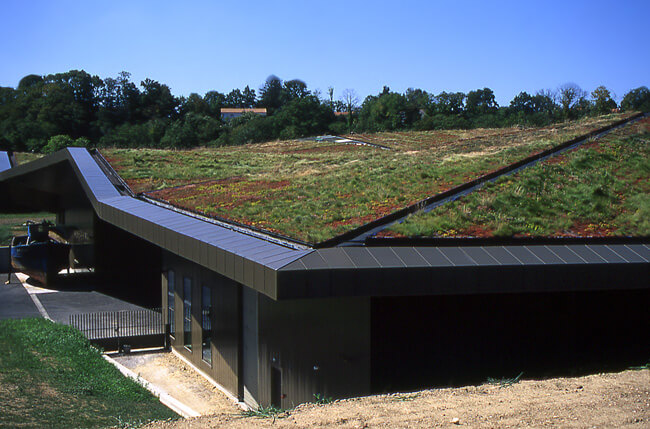
Are you considering a new roof for your home? If you are, then you should seriously think about installing or creating a living green roof for your home.
Green roofs are among the best roofing solutions and, nowadays, among the most popular as well. They are not only beneficial for the environment but also very inexpensive and have great insulating properties that will provide additional savings when it comes to your monthly utility bills.
While they have been used in the United Kingdom and other parts of Europe for decades, green roofs have only recently started to sky-rocket in the United States. In the last five years, the number of green roofs has grown by as much as 110 percent, according to the study performed by the Green Roofs for Healthy Cities.
What Exactly Is a Green Roof?
A green roof is defined as a lightweight, living, self-sustaining system of soil, plants, and compost. They are usually comprised of several layers, at least three, but there can be as many as nine layers. They can include structure support, vapor barrier, waterproofing, drainage, thermal insulation, growing medium, a filter membrane and, last but not least, the plants.
A green roof can be completely or partially covered in vegetation, however you see fit for your home or depending on the characteristics of your roof.
A green roof can be used on both commercial and residential properties, and you can choose to grow anything you wish on them – from shrubs and plants to vegetables and herbs.
Types of Green Roofs
There are two main types of green roofs – extensive and intensive. They generally differ in properties such as weight, thickness, cost, and maintenance. Which one you’re going to choose to install depends mainly on your roof structure, capacity, and requirements.
Extensive green roofs include a layer of soil that is no more than six inches deep. They are, therefore, much lighter, the vegetation needs to be less densely arranged, they require less maintenance, and are overall less expensive.
Intensive roofs, on the other hand, include a deeper layer of soil, more than six inches. These can, therefore, sustain much larger plants and much more vegetation, but will also require more care and maintenance. Also, intensive green roofs cannot be installed on every roof as they add a significant amount of weight.
Benefits of Green Roofs
A green roof has some great beneficial qualities for the environment. One of them includes its ability to absorb water instead of allowing it to drain off to the pavement. As that water evaporates, it cools down the roof, lowering its temperature, and the temperature of the entire property. This is particularly useful in urban climates, where the air is very dry and hot.
Green roofs also provide great solutions for the problem of stormwater, especially in urban areas where there is little land or few possibilities of dealing with excess stormwater. This water contains pollutants that can harm the natural environment. The vegetation on green roofs, on the other hand, can absorb that water and even improve its quality.
The need for a low-impact stormwater management is currently the biggest driving force on the green roof market in the United States, as they help to reduce the possibility of roof leaks, as well as to prevent the damage that storm and rain can cause.
Green roofs also greatly improve the house or building’s insulation and reduce the cooling loads for the owners. When it comes to colder parts of the year, most of the heat is lost through the roof, and having several additional layers on your roof improves the insulation and helps reduce the heat loss to a minimum.
On the other hand, green roofs also help during the summer. Regular roofs have the tendency to absorb a lot of sunlight, which heats up your home even more and increases the need for air conditioning. Green roofs remain much cooler, as their layers and vegetation prevent the roofing material from absorbing that much sunlight. In both cases, your household will waste significantly less energy for heating and cooling purposes.
The Cost of a Green Roof
The price of green roofs usually starts from $15 per square foot but can go higher, depending on many factors such as size, depth, the growing medium and the vegetation itself. Taking that into account, green roofs still usually come out much cheaper than the other traditional types of roofing.
Additionally, green roofs extend the lifespan of the roofing material and structure, protect it from damage and from UV radiation. This means that your roof will not need to be replaced frequently, and it will demand very little maintenance. There will be little to no additional costs for your roof once you’ve installed it.
Soil and Vegetation
As previously mentioned, depending on the type of the roof, the depth of a green roof can reach from as little as few inches all the way to a foot. The soil on green roofs needs to be as lightweight as possible, in order to reduce the added weight to the roof, as well as low in organic content and nutrients, so that you don’t have unwanted vegetation spreading.
Vegetation used can range from small bushy plants to native grassland plants, shrubs, bushes, and even trees in extreme cases. Crops like vegetables are also a possibility. While they do require a little bit more care, they are an amazing way to utilize your roof and have your own, homegrown food.
Final Thoughts
Green roofing is becoming a more and more popular roofing solution owing to its many benefits. To list some examples, Facebook is using green roofs at their headquarters, and many NYC schools have turned to green roofing and solar power to help combat the air pollution and show its students the right way forward toward a greener and cleaner future. Green roofs are a significant step in that way, as they help mitigate the climate changes and benefit our environment.
We at South Shore Roofing believe that green roofing is the future and encourage you to take it into consideration next time you have to decide on your roof type.
For any additional information and questions don’t hesitate to contact us! We’re committed to being your best Savannah roofing contractor!
